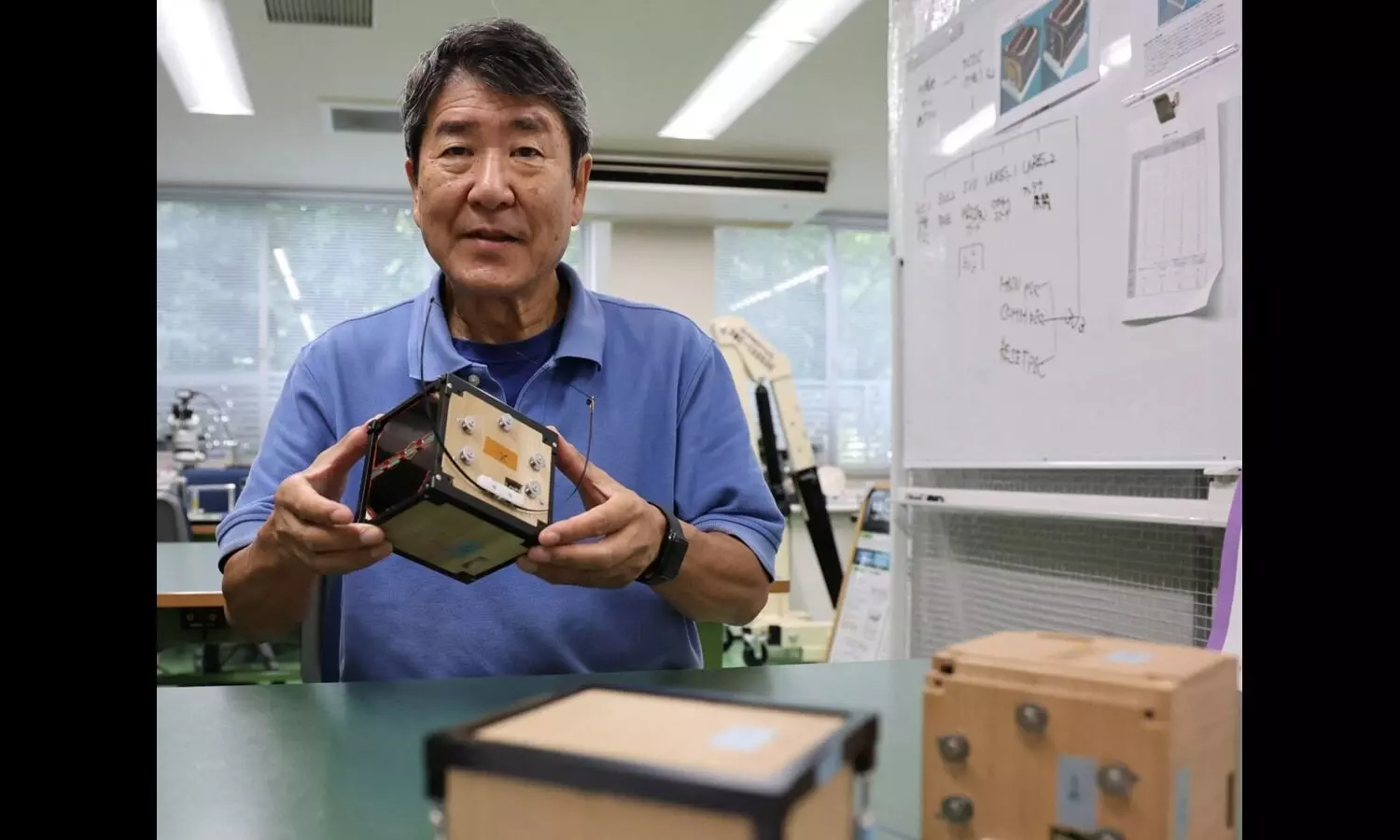LignoSat: First Wooden Satellite Explores Space Sustainability
LignoSat, the first wooden satellite, tests wood’s potential in space, offering a sustainable alternative to conventional materials in orbit.
image for illustrative purpose

The world’s first wooden satellite, LignoSat, was launched into Earth’s orbit last month, marking a significant milestone in sustainable space exploration. The satellite, orbiting 400 kilometers above the planet, was one of five CubeSats deployed after being delivered to the International Space Station (ISS) in November aboard a SpaceX Dragon cargo mission.
Developed collaboratively by Kyoto University and Sumitomo Forestry, LignoSat is constructed from honoki magnolia wood panels measuring 10 cm in length. The panels were assembled using a traditional Japanese wood-joinery technique, eliminating the need for screws or adhesives. Weighing just 900 grams, the satellite is designed to assess the feasibility of wood as an alternative material in space applications.
During its six-month mission, LignoSat will evaluate the potential of wooden components to replace conventional satellite materials such as aluminum, titanium, and thermoplastics. This exploration could pave the way for more sustainable options in satellite manufacturing.
Equipped with sensors, LignoSat will monitor the effects of extreme temperature fluctuations, radiation exposure, and structural strain on its wooden components.
Temperatures will range from -100°C to 100°C every 45 minutes as the satellite transitions between sunlight and darkness in orbit. Researchers will also study how well the wooden structure protects the onboard equipment from geomagnetic fields.
The results of this mission could have broader implications for future lunar and Mars missions, potentially enabling the use of wood as a sustainable material in extraterrestrial habitats and spacecraft.
Takao Doi, a Kyoto University professor and former astronaut, emphasized the long-term potential of wood in space. “Using timber, which can be produced sustainably, we could develop structures for living and working in space indefinitely,” Doi stated.
Wood’s durability in space, where it is unaffected by water or oxygen, makes it a promising material for long-term use. Koji Murata, a forest science professor at Kyoto University, highlighted that wood’s lack of susceptibility to rot or combustion in space offers unique advantages. Additionally, wooden satellites have a lower environmental impact at the end of their operational life compared to conventional models.
LignoSat also addresses the growing issue of space debris. Unlike traditional satellites, which release aluminum oxide particles during atmospheric re-entry, wooden satellites burn up completely, leaving no long-lasting residue in the upper atmosphere. This innovation could significantly reduce the environmental footprint of satellite operations.

